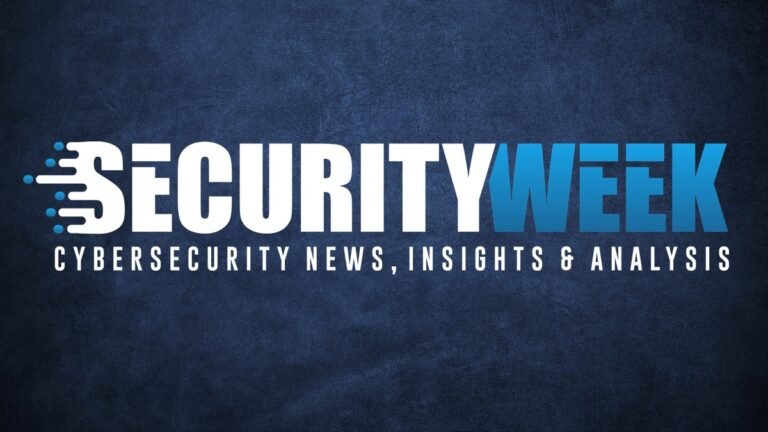Summary Points
-
Rapid AI Transformation & Vulnerabilities: The swift integration of large language models (LLMs) and agentic systems in various sectors is outpacing traditional security tools like firewalls, exposing them to AI-specific threats such as adaptive attacks and prompt engineering.
-
Human Factors in Cybersecurity Risks: Approximately 60% of data breaches involve human error, reinforcing the necessity for Security Awareness Training (SAT) and Human Risk Management (HRM) to combat evolving AI-driven threats.
-
Need for Adaptive Security Measures: Legacy security systems are ill-equipped to handle the dynamic nature of AI threats, necessitating a holistic approach that incorporates robust design, monitoring, and layered defenses tailored for AI environments.
- Importance of Regulatory Frameworks: Implementing effective AI security frameworks, such as those from OWASP and NIST, alongside cross-departmental collaboration among security, data science, and HR teams, is essential for managing AI risks and encouraging responsible AI usage.
What’s the Problem?
The landscape of artificial intelligence (AI) is evolving at a breathtaking pace, fundamentally altering workflows across numerous industries. Recent developments have highlighted profound vulnerabilities in legacy cybersecurity tools, which are ill-equipped to tackle sophisticated AI-driven threats such as adaptive attacks, prompt engineering, and the peril of hyper-personalized phishing attempts. This precarious situation has been underscored in the 2025 Verizon Data Breach Investigations Report, revealing that human factors contribute to 60% of breaches, emphasizing the critical need for robust Security Awareness Training (SAT) and Human Risk Management (HRM) to combat these emerging risks.
As AI systems become more agentic and adaptive, traditional security measures falter, unable to recognize unpredictable attack patterns that exploit organizational weaknesses. To address these discrepancies, the implementation of a comprehensive, layered defense strategy is essential. By integrating AI-specific monitoring and human-centric training into cybersecurity frameworks like the OWASP Top 10 for LLMs and MITRE ATT&CK, organizations can enhance resilience against evolving threats. Reporting on these trends, experts stress the importance of collaboration across departments to create an adaptive security culture, ensuring every aspect—from AI systems to employee behavior—is aligned with current security needs and ethical standards.
Risks Involved
The rapid integration of advanced artificial intelligence technologies, particularly large language models (LLMs) and agentic systems, poses substantial risks not only to individual businesses but also to interconnected organizations and users within the digital ecosystem. As traditional cybersecurity infrastructures, such as firewalls and EDR solutions, struggle to adapt to AI-specific threats—ranging from sophisticated social engineering tactics to covert prompt engineering—the potential for widespread security breaches escalates dramatically. Organizations that fail to address these vulnerabilities risk cascading failures within their supply chains, creating an environment where human-centric errors, exacerbated by AI-generated hyper-personalized attacks, can lead to significant data losses and reputational damage. Moreover, as the 2025 Verizon DBIR highlights, an alarming 60% of breaches involve human error. This underscores the imperative for comprehensive Security Awareness Training (SAT) and Human Risk Management (HRM) initiatives that not only inform users about potential threats but also equip them with the skills needed to navigate the increasingly complex interplay between AI capabilities and cybersecurity risks. Companies that neglect to adopt a holistic, adaptive defense strategy are likely to find themselves increasingly vulnerable, thereby jeopardizing not only their own operational integrity but also the collective security of the broader organizational landscape.
Possible Next Steps
In an era where artificial intelligence (AI) capabilities rapidly outpace existing security measures, timely remediation becomes crucial to protect systems from evolving threats.
Mitigation Steps
- Integrate AI with legacy systems
- Conduct comprehensive threat assessments
- Implement adaptive security protocols
- Regularly update software and firmware
- Foster a culture of cybersecurity awareness
- Develop incident response plans
- Leverage AI for anomaly detection
- Collaborate with cybersecurity firms
NIST Guidance
The NIST Cybersecurity Framework (CSF) emphasizes a proactive approach to managing cybersecurity risks. It underscores the need for continuous monitoring and adaptive strategies. For further details, refer to NIST Special Publication 800-53, which provides a comprehensive catalog of security and privacy controls.
Continue Your Cyber Journey
Stay informed on the latest Threat Intelligence and Cyberattacks.
Access world-class cyber research and guidance from IEEE.
Disclaimer: The information provided may not always be accurate or up to date. Please do your own research, as the cybersecurity landscape evolves rapidly. Intended for secondary references purposes only.
Cyberattacks-V1

